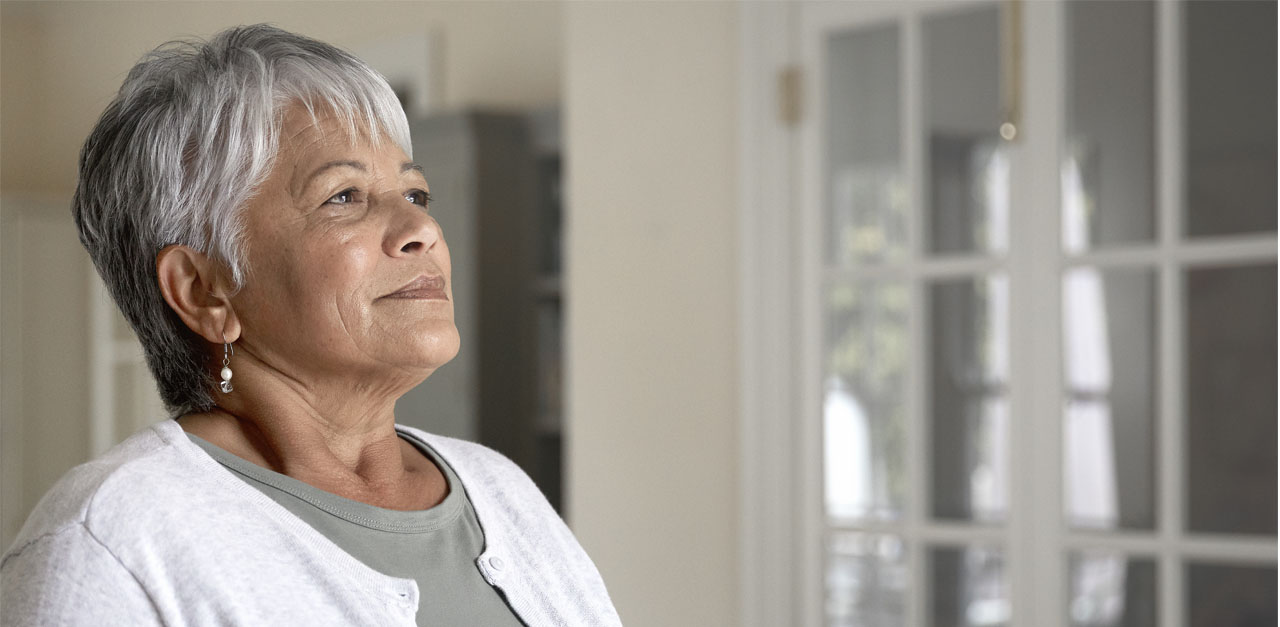Respiratory difficulties caused by temperature.
By Clare Barber, Clinical Lead at Assisted Living Technology & Services at Secure (UK)
Have you ever struggled to catch your breath on a cold day? You are not alone. Here in the UK, we experience cold weather throughout the winter, with the coldest temperature recorded at -27.2C in Scotland in 1995. Cold temperatures can really impact our health and wellbeing, especially for those who are vulnerable.
Why does cold weather impact our breathing?
Cold air holds less moisture than air at warmer temperatures. When breathed in, the cold, dry air irritates the lungs, causing the muscles around our airways to constrict. This narrows our airways which means less space for air to enter and exit. We also have mucus within our airways. When breathing in cold, dry air, this can dry the mucus and make it more difficult to move and get rid of. Both this mucus and restricted airways can make breathing more difficult.
Conditions such as COPD and Asthma, and those that have longer term effects from Covid 19, will struggle more in the cold weather. These conditions all cause narrowing of the airways and produce more mucus, both of which impact breathing.
Does cold weather impact us in other ways?
We know that those living in cold homes are increasing their risk of the following:
- Cardiovascular disease
- Falls
- Stroke
- Pneumonia
Besides the health issues, cold homes can increase social isolation and sleep deprivation, leading to mental illness.
In conclusion, cold homes are bad for our health and wellbeing.
Is this a problem in people’s homes?
Although we live in a society that has support for our most vulnerable, there are still people living in the UK today severely impacted by our cold weather. Throughout the winter of 2021-2022, 45 people per day died from a cold home (NEA 2023) and it is estimated that winter deaths are almost 3 times higher than the warmer months. With the increased costs to our fuel bills, many are turning down their heating to save money, risking their health.
How warm should our homes be?
The recommended night-time temperature in our homes is 18C, anything below this temperature will start to cause health issues, especially for those less mobile and with pre-existing conditions. During the day, the best temperature to keep our homes is 19-21C, but it would be beneficial for those with restricted mobility to be in temperatures of up to 23C.
What can we do about it?
The key to reducing risk to those most vulnerable is to first identify the issue. The Beanbag Care system can be installed to monitor the temperature in a vulnerable person’s home and provide essential information about their environment to a family member or carer. The system also gives the user simple to use controls that make keeping their home warm simple. Once a risk has been identified the system enables the family member or carer to remotely turn the heating up to keep the home warm.
To understand more about the Beanbag Care system, contact us on:
Email: beanbag@securemeters.com
Tel: 0196 2826 213
Or visit our Beanbag Care service page


